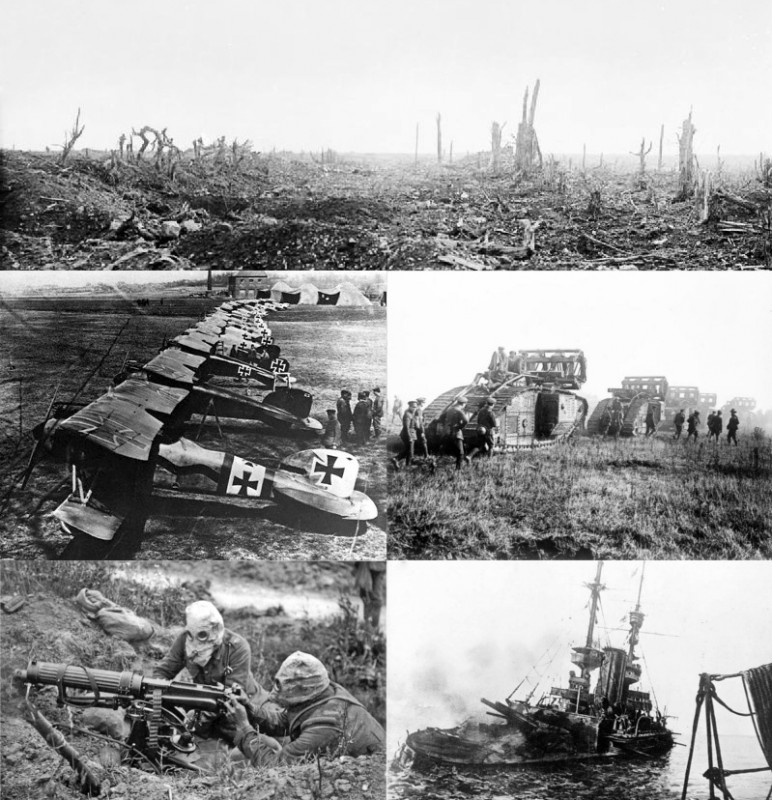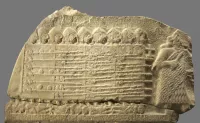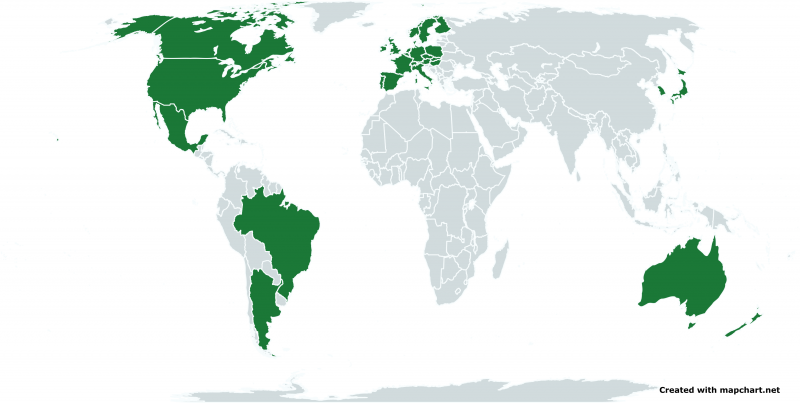Transylvania is a historical and cultural region located in central Romania, bordered by the Carpathian and Apuseni Mountains. Some broader definitions include the Crișana, Maramureș, and Banat regions. Historically, it also incorporated parts of Western Moldavia and Bukovina. Its rich history and geographical features make it a notable region in Central Europe.
1910: Hungarian Census
In 1910, the Hungarian census indicated that the Hungarian population of Transylvania had increased to 31.6% due to Magyarization policies.
December 1918: Union of Transylvania with the Kingdom of Romania proclaimed in Alba Iulia
In December 1918, after the end of World War I, representatives of the Romanian population of Transylvania gathered in Alba Iulia to proclaim the union of Transylvania with the Kingdom of Romania.
December 1918: Union with Romania proclaimed
In December 1918, elected representatives of the ethnic Romanians from Transylvania, Banat, Crișana and Maramureș backed by the mobilization of Romanian troops, proclaimed Union with Romania following Austria-Hungary's defeat in World War I.
December 1918: Union of Transylvania with Romania
In December 1918, the National Assembly of Romanians from Transylvania proclaimed the Union of Transylvania with Romania following the end of World War I.
1918: Union of Transylvania with Romania
After World War I, in 1918, the declaration of the union of Transylvania with Romania led to a significant increase in the Romanian majority.
1920: Treaty of Trianon
In 1920 the Treaty of Trianon settled the Western border of Transylvania, although geographically the two are not identical.
1920: Treaty of Trianon establishes borders
In 1920, the Treaty of Trianon established new borders, making much of the proclaimed territories part of Romania, which led to protests from Hungary.
1920: Transylvania becomes part of the Kingdom of Romania
In 1920, the Treaty of Trianon made Transylvania part of the Kingdom of Romania.
1940: Northern Transylvania reverts to Hungary
In 1940, as a result of the Second Vienna Award, Northern Transylvania reverted to Hungary.
1940: Soviet Union offers banners to the Horthy government
In 1940, the Soviet Union offered the banners captured by Tsarist troops after the surrender of the Hungarian Army at Világos in 1849 to the Horthy government.
March 1944: Northern Transylvania under German control
In March 1944, following the Nazi invasion of Hungary, Northern Transylvania came under German control.
1945: Migration within Romania begins
Starting in 1945, internal migration began within Romania, with people moving from the Old Kingdom to Transylvania and vice versa.
1945: Factories production data
Until 1945, Transylvanian factories built over 1,000 warplanes and over 1,000 artillery pieces of all types.
1947: Start of Communist Regime
From 1947, Transylvania, along with the rest of Romania, was under a communist regime.
1948: Orthodox Church favored by the state
Even though before 1948, the population of Transylvania split between Eastern Orthodox, Greek Catholic and other forms of Christianity, during the Communist Period the Orthodox Church was much more favored by the state which has led to Eastern Orthodoxy being the religion of the majority of Transylvanians.
1977: Migration data
By 1977, estimates show that since 1945, some 630,000 people had moved from the Old Kingdom to Transylvania, and 280,000 from Transylvania to the Old Kingdom.
1989: End of Communist Regime
In 1989, the communist regime ended in Transylvania and the rest of Romania.
March 1990: Ethnic clashes of Târgu Mureș
In March 1990, the ethnic clashes of Târgu Mureș between ethnic Romanians and Hungarians occurred after the fall of the communist regime.
1992: Francis Ford Coppola's Dracula Movie
In 1992, Francis Ford Coppola directed a Hollywood movie about Dracula, which was based on the novel by Bram Stoker. The movie contributed to the association of Transylvania with vampires in popular culture.
1998: Romania divided into development regions
Since 1998, Romania has been divided into eight development regions, divisions that coordinate and implement socio-economic development at regional level.
2007: Sibiu designated European Capital of Culture
In 2007, Sibiu was designated the European Capital of Culture, along with the city of Luxembourg.
2011: 2011 Census Results
According to the results of the 2011 census, the total population of Transylvania was 6,789,250 inhabitants.
2019: Ethnic disputes over military cemetery
In 2019, there were ethnic disputes over the military cemetery of Valea Uzului.
2021: Cluj-Napoca is the second most populous city in Romania
As of the 2021 census, Cluj-Napoca is the second most populous city in Romania.
2023: Transylvania's GDP
According to Eurostat data in 2023, Transylvania's GDP (nominal) is about $110 billion and its GDP per capita measures about $17,057.
Mentioned in this timeline
The Union of Soviet Socialist Republics USSR existed from to...
Germany officially the Federal Republic of Germany is a Western...

World War I a global conflict between the Allies and...
Italy officially the Italian Republic is located in Southern and...

War is defined as an armed conflict involving the organized...

Vienna the capital and most populous city of Austria boasts...
Trending

4 months ago Xbox Cloud Gaming's "Stream Your Own Game" Arrives on PC App with New Games.

13 minutes ago Thanksgiving Dinner Cost Drops in 2025: Survey Reveals Cheaper Meal.

1 hour ago Chloé Zhao discusses 'Hamnet', Buffy revival, and navigating Hollywood as neurodivergent director.
1 hour ago Radio Stations Embrace Christmas Music; Country Artist Releases Holiday Track After Stroke

1 hour ago Jason Bateman's Sister Justine; Amy Poehler's SNL Chimpanzee Scare Detailed.
1 hour ago Safe Turkey Thawing and Cooking Tips for a Delicious and Healthy Thanksgiving Dinner
Popular

XXXTentacion born Jahseh Dwayne Ricardo Onfroy was a controversial yet...

William Franklin Graham III commonly known as Franklin Graham is...

Cristiano Ronaldo often nicknamed CR is a Portuguese professional footballer...

Candace Owens is an American conservative political commentator and author...

Michelle Obama is an American attorney author and former First...

Marjorie Taylor Greene known as MTG is a far-right American...